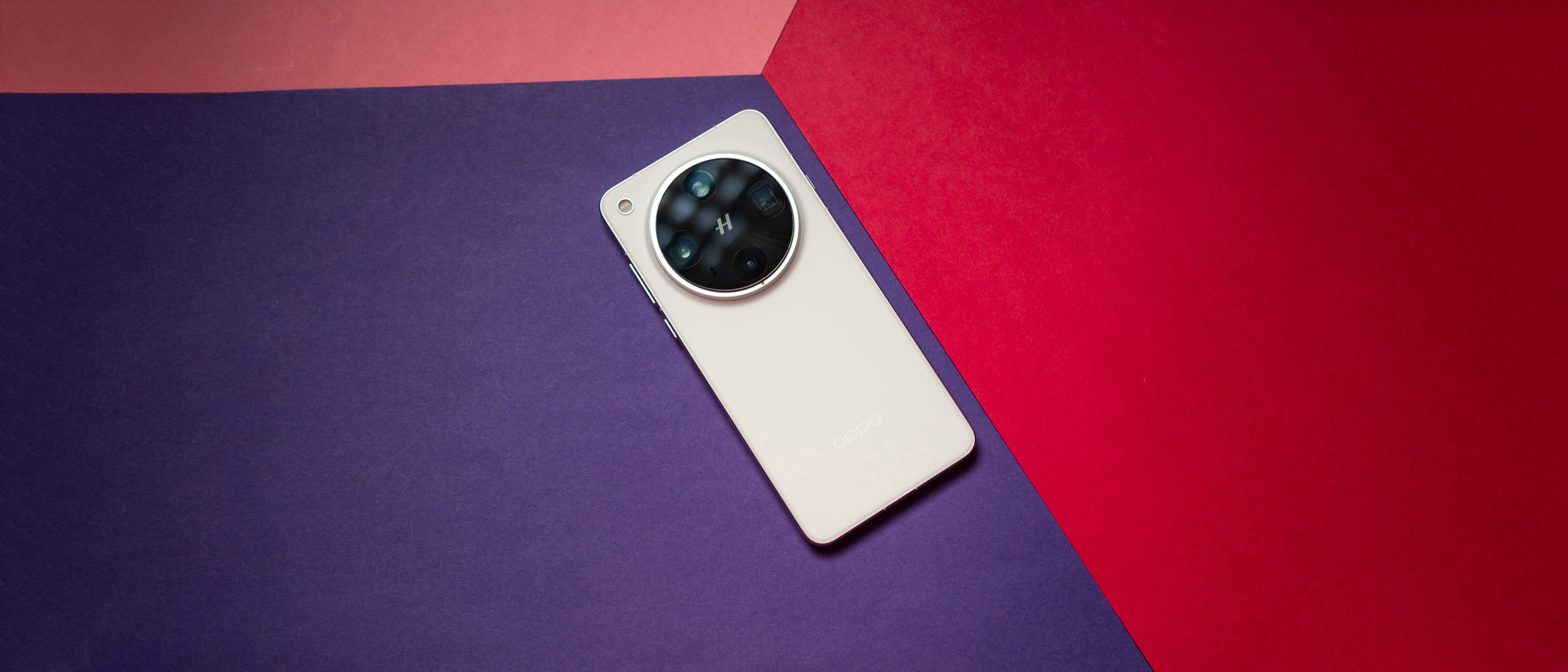Amazon Appstore: A surprisingly good alternative to Google Play
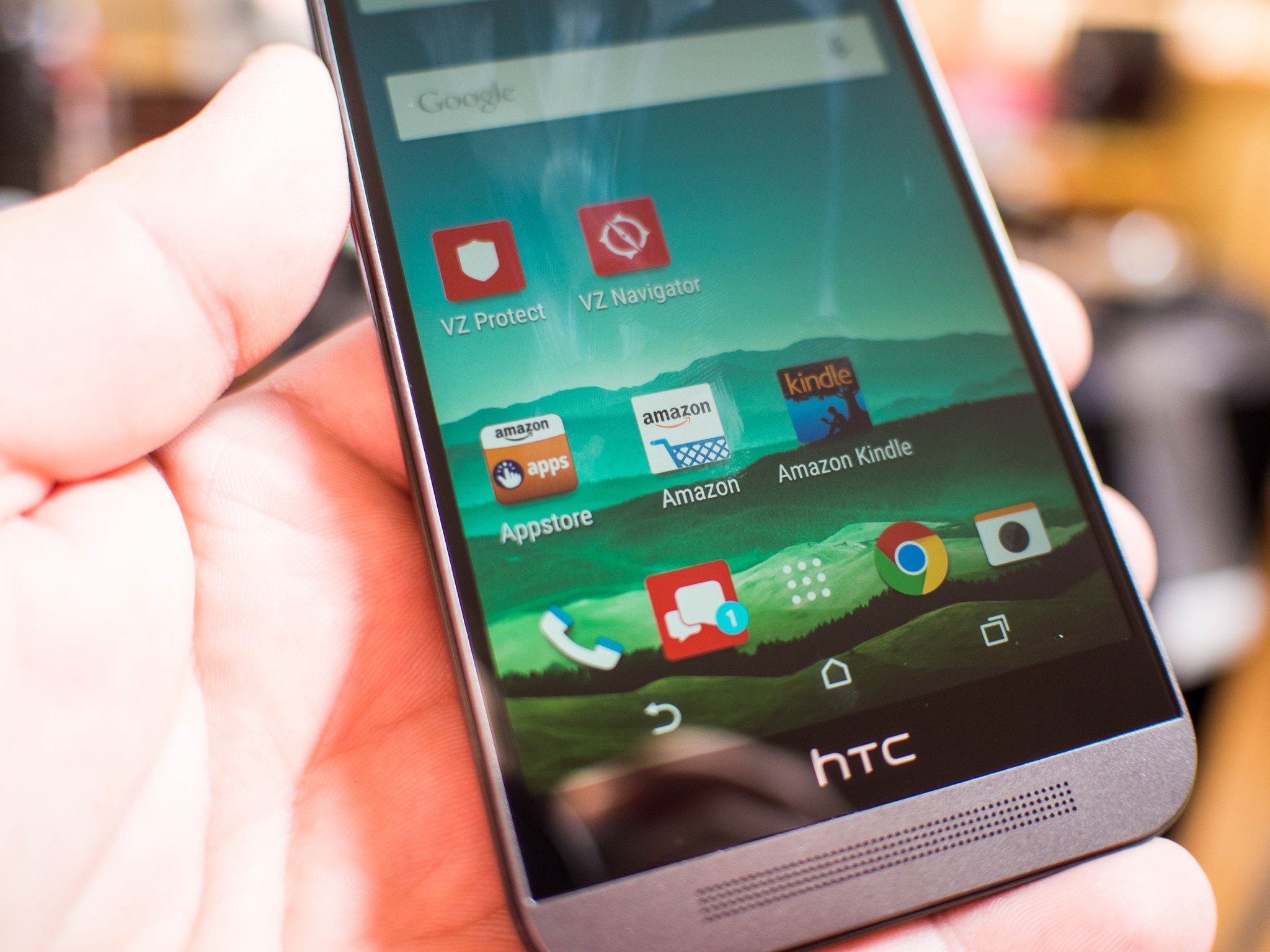
While Google Play ships on most Android devices and is the one that most users will default to, let us not forget that there are other Android app stores out there, including the big and sometimes confusing Amazon Appstore. This is the app store that Kindle users get on Kindle tablets instead of Google Play, but any Android user can use it, though it can be a bit harder for some users to use it than others.
Here's what you need to know to decide if two app stores on your phone or tablet are worth it.
Getting the Amazon Appstore
For many devices, especially Verizon devices, you may not need to do anything here. Verizon is shipping the Amazon Appstore on a great many devices, including the shiny new Samsung Galaxy S 6, S6 Edge, and HTC One M9. However, for those who don't have it pre-loaded, the Amazon Appstore is not something you can just hop over into Google Play and download. Nope, you'll need to head over the Amazon and download the app manually, though Amazon has streamlined the process as much as possible.
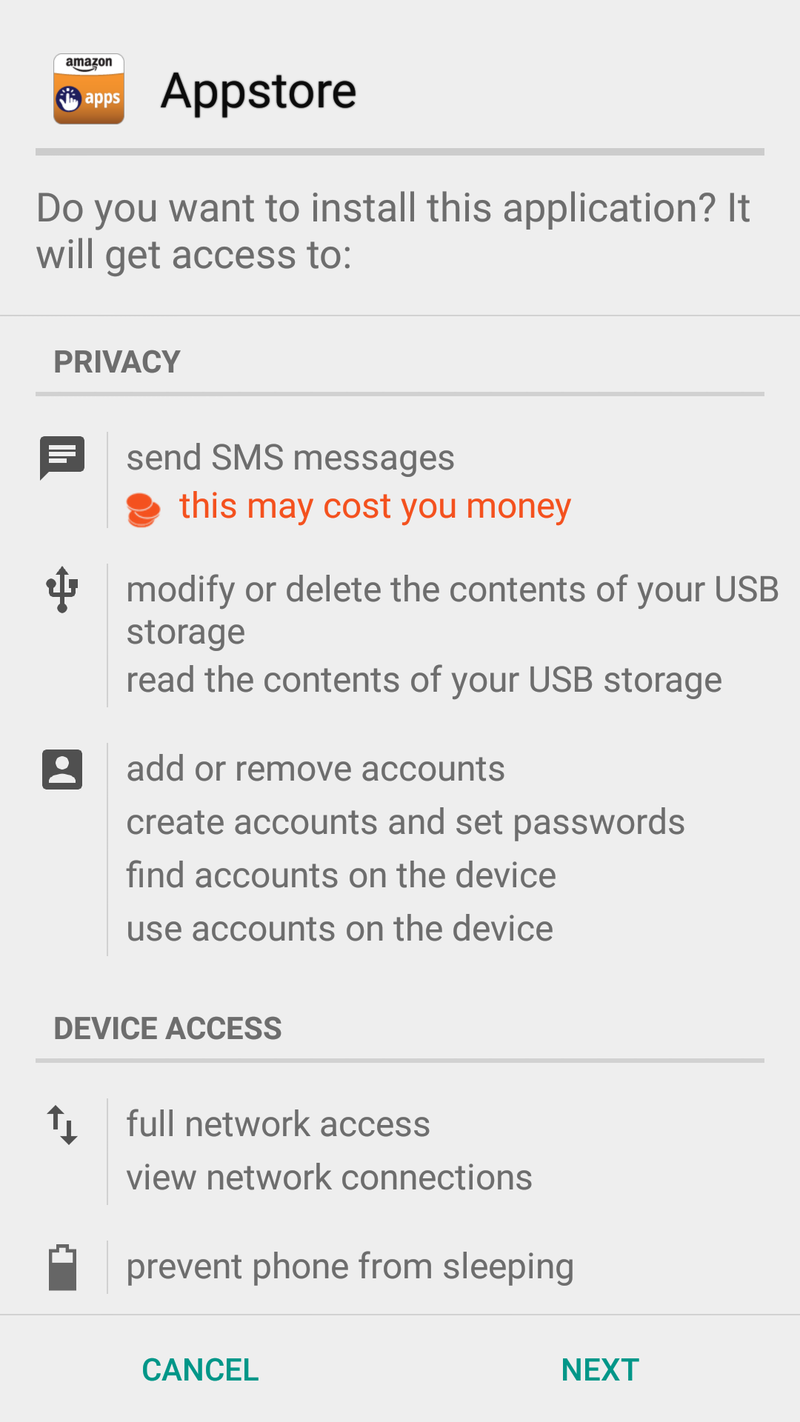
Because you'll be downloading and installing the .apk file yourself, you'll have to turn on the security setting that allows you to install apps from Unknown Sources — AKA anywhere that isn't Google Play. And because apps installed through the Amazon Appstore have to be updated through the Amazon Appstore, you'll have to leave this setting on. This probably isn't much of an issue for most of our regular readers, but it's worth repeating: if you're allowing Unknown Source installs, only install apps that you trust from sources you trust. Apps may still be scanned before installation, but your chances of installing a malicious app are much higher when sideloading apps as opposed to using the Google Play Store.
The app store itself
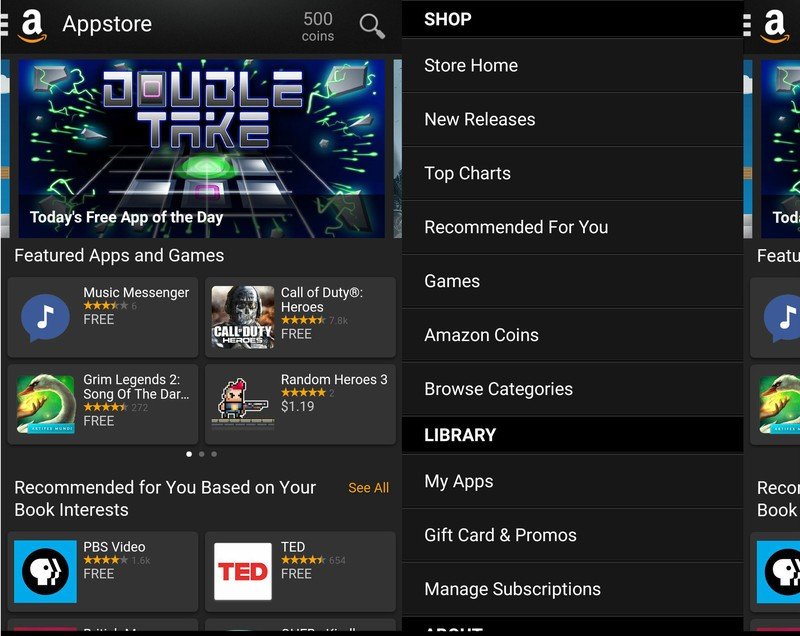
Once you get the Amazon Appstore up and running on your phone, using it works a lot like Google Play; apps are broken up into categories and you can search for them just like in Google Play. The app selection isn't quite as robust, as there are only about a third of a million apps on Amazon — as opposed to the 1.4 million on Google Play. Among the apps missing are those from Apple and Google — the absence of YouTube in particular has lead to a multitude of client apps. There are some Amazon-only apps, but the biggest one you may care about is the Amazon Instant Video app. If you're a Prime member, then you need the Amazon Instant Video app (and thus the Amazon Appstore) in order to take advantage of the videos your subscription provides.
Be an expert in 5 minutes
Get the latest news from Android Central, your trusted companion in the world of Android
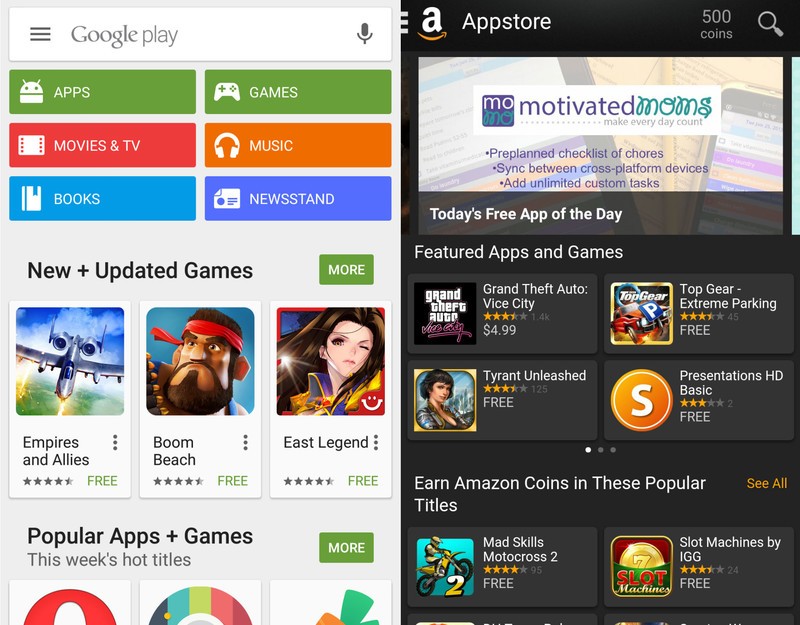
The design of the Amazon Appstore is a little lackluster compared to the material Play Store — though personally I'm a fan of the dark design — and while it's easy enough to find your way around, the layout leaves something to be desired, especially since the layout between the app and the website varies a fair bit. The UI and categorization of the store highlights how the Amazon Appstore is aimed more at leisure than work, with Games, Music, and Entertainment apps taking the top three Featured categories above the rest of the store. Navigating the store without the pull-out drawer is far more difficult, as you have to open the drawer to access any app category. This means that casual browsing situation is far from ideal, but when looking for a specific app, the Amazon Appstore will get you by.
Buying and downloading apps
Now, many a user has cheered the Amazon Appstore for one simple reason: the free App of the Day. And on the rare occasion that the App of the Day is something you want, that's great. However, beyond the semi-annual days when Amazon offers hundreds of dollars worth of apps for free, the App of the Day is usually lackluster. When there's something noteworthy, that's great, but when there is, you should probably go grab a lottery ticket.
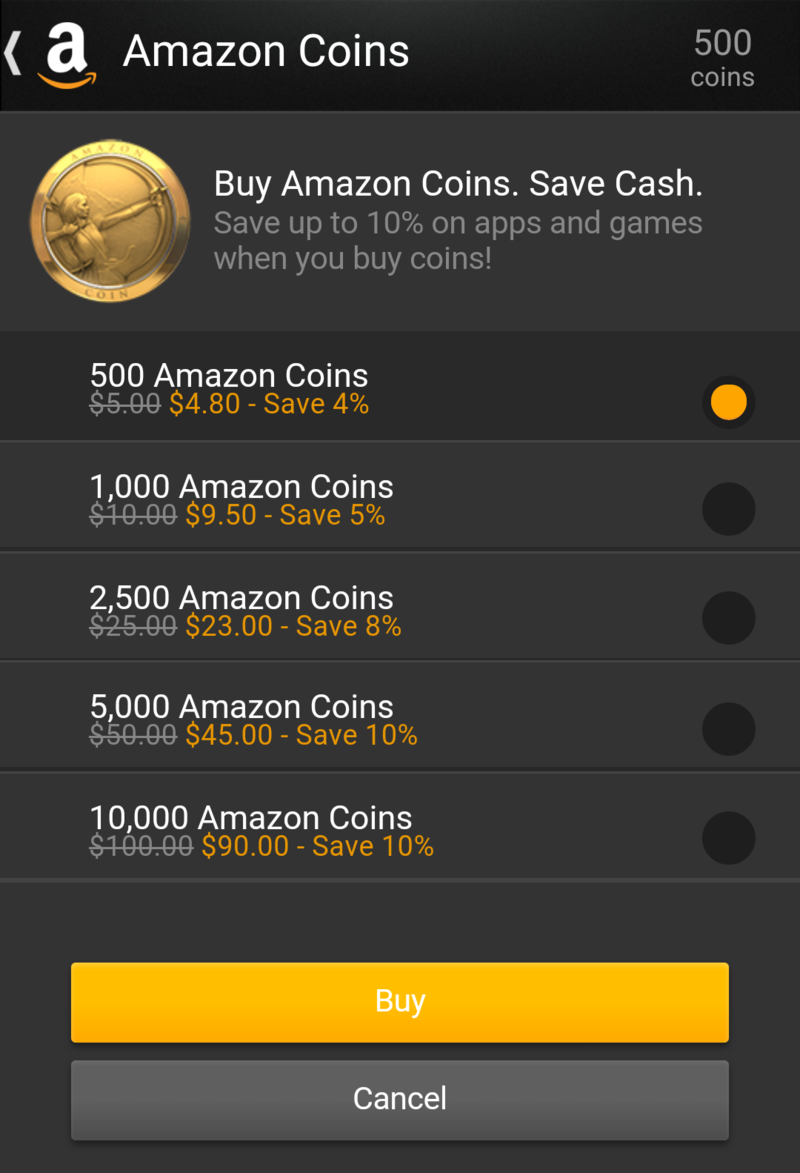
When buying an app, you'll have two options: regular cash/credit or Amazon Coins. The value of an individual Amazon Coin varies by market/currency, but in America, one coin equals one cent. 500 coins is worth five bucks, but it cannot be spent in any other part of Amazon's store, such as digital music or Prime video, another contrast with Google Play, whose credit can be used on anything digital. If you're intending to buy someone credit for the Amazon Appstore, skip the confusing and constricted Coins and buy a regular Amazon gift card, which can be used site-wide.
Splitting app libraries
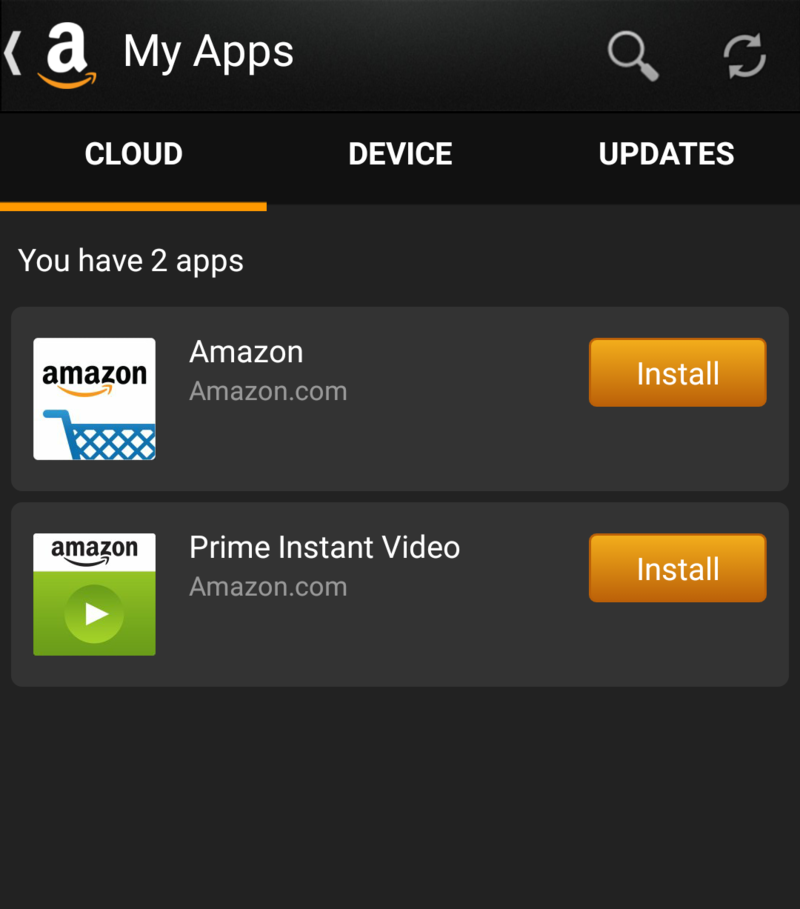
Once you've built up a collection of apps, you'll be able to manage them from Your apps in the menu, and there will be three columns, Cloud (all apps) Device (installed apps), and Updates. From here, you can pick and choose what goes on your device and update apps as needed. Because your Amazon apps aren't tied to your Google Account — even if that's the email associated with your Amazon account — buying your apps through Amazon means that you could share them among your family members — like your children — without them getting access to your Google Drive, or your email. It also means that even if you have separate accounts for work and personal devices, through the Amazon Appstore you could use the same apps between them.
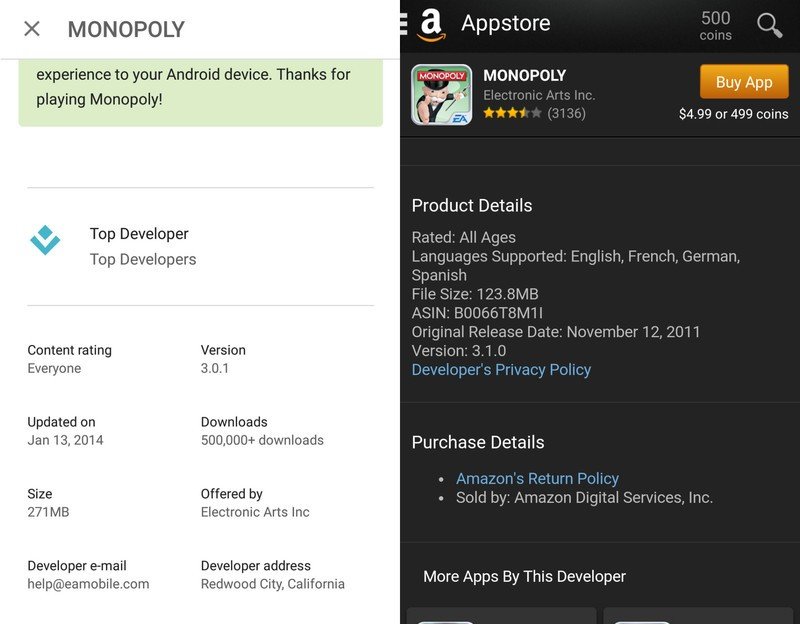
Because not all developers can push updates everywhere instantly, this means that developers sometimes prioritize one app store over another. So, if you bought a game from Amazon, it may get an update more quickly — or more slowly — than if you'd bought the game through Google Play. This isn't Amazon's fault, but it nonetheless is it a factor to consider when buying. Your app may not get new features, bug fixes, or security patches as quickly because of differences in updates.
Conclusion
There are benefits from the Amazon Appstore to be sure — from free apps to app libraries independent of your Google account — and while the store itself could use some work, at the end of the day, only you can decide if its worth your time, effort, and money/Amazon Coin. Being able to pick the best price across app stores is a win for consumers, but the hassles of sideloading a store and remembering which apps get downloaded/updated from on a new device can be a bit of a headache.
Is it worth it for you? Share your thoughts on the Amazon Appstore and how many apps of the day have you taken advantage of below in the comments.
Have you listened to this week's Android Central Podcast?
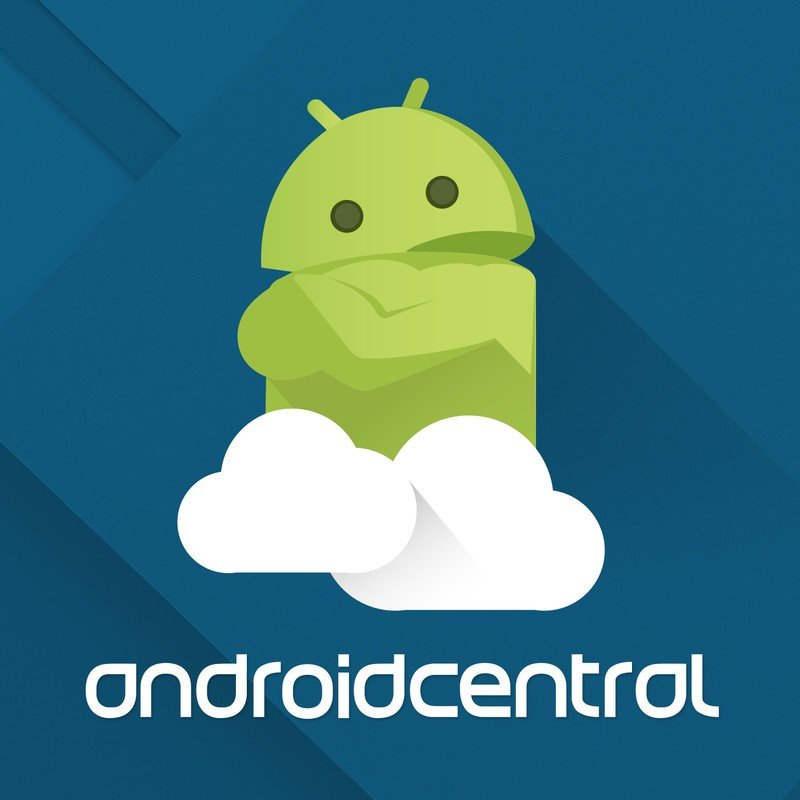
Every week, the Android Central Podcast brings you the latest tech news, analysis and hot takes, with familiar co-hosts and special guests.
Ara Wagoner was a staff writer at Android Central. She themes phones and pokes YouTube Music with a stick. When she's not writing about cases, Chromebooks, or customization, she's wandering around Walt Disney World. If you see her without headphones, RUN. You can follow her on Twitter at @arawagco.

